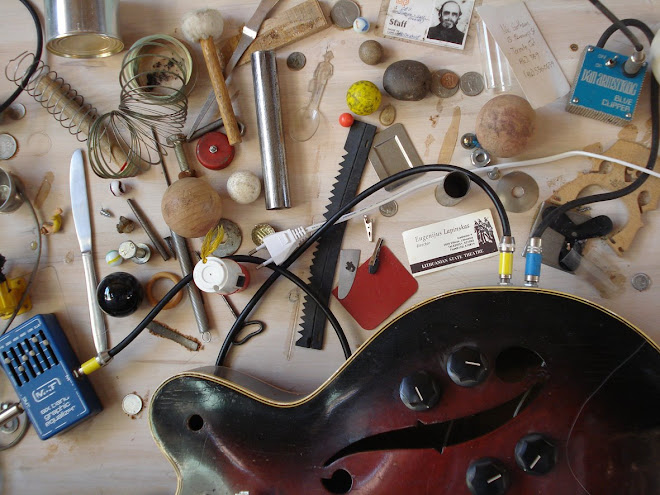
Whilst on a recent trip to Haifa, in the on the north-western coast of Israel, I observed a building out of the window of the train which had a rather intriguing shape protruding from the main building itself. I later discovered that it was The National Institute of Oceanography (NIO).
I thought this would be a fantastic shape for some sort of microphone so I decided to do further research into this shape and to my suprise, discovered that this shape had been illustrated by Leonardo Da Vinci who named it rhombicuboctahedron and the following image is from the Divina Proportione (written in Milan in 1496–98, published in Venice in 1509).
 There is a really in-depth wikipedia page dedicated to Archimedean Solids, to which this this shape, officially called a Rhombicuboctahedron, belongs. The following shape is a net which I used as the basis for making a drawing on rhino from which I could then cut a metal shape to form a very accurate 3D model.
There is a really in-depth wikipedia page dedicated to Archimedean Solids, to which this this shape, officially called a Rhombicuboctahedron, belongs. The following shape is a net which I used as the basis for making a drawing on rhino from which I could then cut a metal shape to form a very accurate 3D model.


